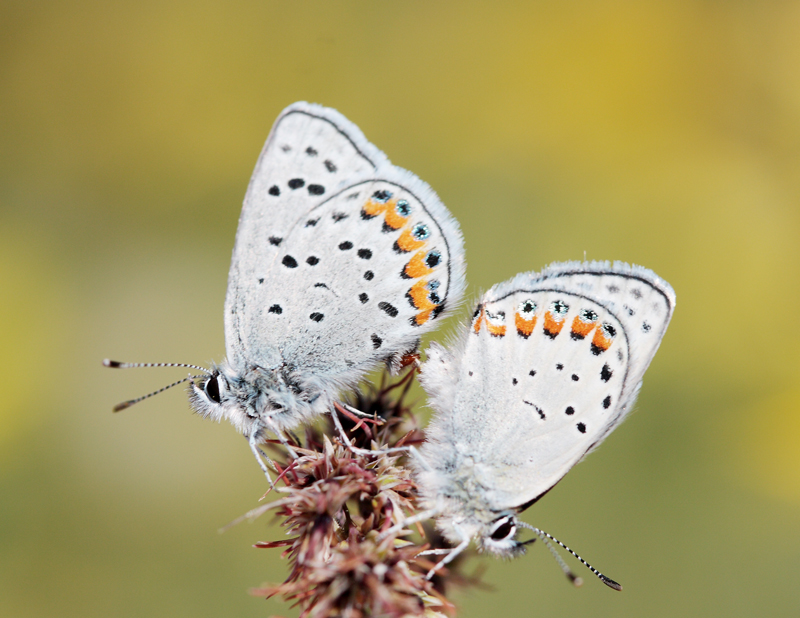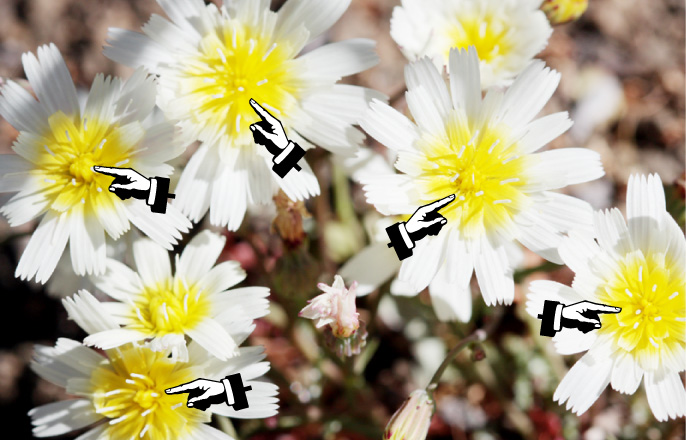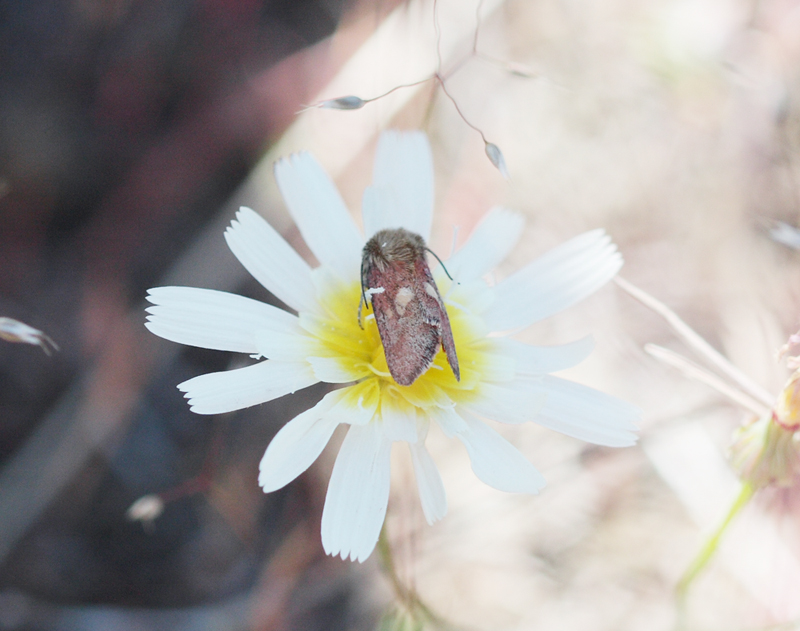Os últimos catro fins de semana estiven nunha caza de gansos, por unha polilla, Heliolonche celeris. É un fermoso e pequeno Noctuidae coas ás anteriores rosadas e as impresionantes traseiras vermellas laranxa.. Non se atopa con moita frecuencia e só se atopa nas cadeas montañosas do norte de California alimentándose Malacothrix floccifera – unha flor endémica de CA. En todas as viaxes quedei skunked, ata hoxe – Eu recollín dous! Como recordaredes, a miña primeira saída foi hai aproximadamente un mes, sen avelaíña, pero unha fermosa serie de exemplares e fotografías de Adela avelaíñas. As últimas viaxes nin sequera chegaron a ser tan produtivas como a de Adela. Entón, que facer cando non atopas o teu obxectivo? Fai unha queimadura solar e fai unhas fotos desagradables.
 Atrapado no acto. Plebejus acmon
Atrapado no acto. Plebejus acmon
(continuou a continuación)
Non é unha polilla.
 Sen avelaíña, sen avelaíña, sen avelaíña…
Sen avelaíña, sen avelaíña, sen avelaíña…
UNHA POLLA!
Este H. celeris está mostrando un comportamento típico da polilla das flores, sentado na cabeza da flor como o día. En realidade, permanecen así toda a noite na flor (aínda que se peche ao seu redor como fan algunhas flores – o que leva a que se coñezan coloquialmente como “polillas do taco”… porque a culata da avelaíña sobrepasa os pétalos e parece que está nun taco). E é precisamente por iso que deixei o meu apartamento 6 estou esta mañá para chegar 8. Se aínda fai frío fóra nin sequera se contraen cando te achegas. E, se non están voando, é fácil investigar unha zona para avelaíñas e saber que non perdeches ningunha. Pero, en canto o sol os quenta, convértense en cabróns e desvanecen antes de que poidas alcanzar a tapa da lente. This being the first moth I saw today I really didn’t make the effort to take a great image. Subjects have a nasty habit of flying away right after you get the good shot (ben, usually right before the good shot)… and I couldn’t risk losing the only specimen of the day.



Where’s the “like” button? Great pics and good commentary.
“Sen avelaíña, sen avelaíña, no moth…”
Ha. I lol’d.
It is a pretty little thing…
A colorful, day-flying moth that sits prominently in the center of flowers – chemical defenses?
That’s a good question, and it has crossed my mind before. There a lot of these small day flying flower moths that are clearly not cryptic yet I haven’t ever read about any chemical defenses or mimicry. I also don’t think of Malacothrix as a particularly noxious plant… will investigate.
Está ben, now I have to post the latest mystery moth pics I took a few days ago. (4/30) Pretty please if you have a moment, check it out and render your sage opinion. !
Ted’s question has nagged me this week. I’ve never heard of anyone studying this, pero… Has anyone seen these flower moths under UV? See a related flower species under UV here: http://www.naturfotograf.com/UV_SENE_AQU.html. Pode ser, while sitting on the bulls-eye, these moths become “invisible” to predators who see UV, such a birds. The added bonus for the moths is this might increase their chances of finding a mate which is attracted to the UV bulls-eye.
You have to be right about that Katie, I’ve been thinking about this too. I can’t recall any literature in reference to adult insect UV crypsis. There is some work in regards to caterpillars… but I’ll have to do some more digging. Birds are probably not the primary predator on these moths since their acute vision makes them incredibly difficult to approach in the daytime. Pero, most lizards see in UV and these flowers are just about at head level for most small reptiles (and there were a ton on site).
Sometimes, the light bulb just turns on.
So there is a monograph to this subfamily – and in there Hardwick (author) points out the counterintuitive crypsis of this moth! Instead of a good idea he postulates
Así, he just assumes they are oddities because the flowers changed without them and they survived “possibly because of a decrease in predation pressure”.
Seems to me that UV crypsis is much more likely. E… I don’t believe that’s been shown in adult Lepidoptera. Add it to the list!
; ) Just make sure you credit me for this idea when you become the ruler of the universe, er… recognized expert on lepidopteran UV crypsis. I’m glad you looked it up. Please let me know if you find out any more info.